Remembering Chris Burden: his dizzying kinetic sculpture and limited edition Wallpaper* cover

US artist Chris Burden was renowned, not least, for having himself nailed to a VW Beatle in 1974 – as performance art – thus inspiring David Bowie’s 1977 Joe the Lion track ('Nail me to your car and I’ll tell you who you are’). The news of the American sculptor and pioneering performance artist’s death has come as a shock to many; he passed away in the early hours of Sunday morning at his home in Topanga Canyon, California, having lost his battle with cancer.
While the art world mourns his loss we remember his dizzying kinetic sculpture at the Los Angeles County Museum of Art and the limited-edition cover he created for W* 156…
In 2012, the Los Angeles Museum of Art (LACMA) installed Metropolis II (2010), Chris Burden’s large kinetic sculpture, a Gordian knot composed of plastic roadways, toy train tracks, Erector sets, Legos and blocks. More than a thousand miniature toy cars zip through the model city at 240-scale miles per hour.
Three conveyor belts motor the cars into position and then let them fly. As wheels hit the road, the gallery fills with a familiar sound: traffic.
Metropolis II is quiet when Burden walks into the gallery before it opens to the public, like a city asleep before rush hour.
Is Metropolis II LA? Burden is non-committal: ‘It could be Dubai or India or China. I think ultimately it’s any city.’
The artist greets the Metropolis II operator, a LACMA conservator in a pit-stop jumpsuit. Her job is to make sure traffic runs smoothly. In 2004, when Burden installed a smaller Metropolis in a museum in Japan, the tricked-out Hot Wheels has a tendency to fall off the track. This time Burden has produced his own multi-coloured fleet, each car custom-outfitted with magnets to hold it to the track and tyres with Burden’s name on the sidewalls. For our limited-edition cover (pictured here), he played car salesman, lining up the cars in an eternal bumper-to-bumper jam for a dealership portrait.
In LA, because every day brings near-perfect weather, people talk about the traffic instead: back-ups on the Interstate 110, an accident on the 405. Burden’s route to LACMA from his home studio – takes an hour on a good day. With a late start, he made it in 40 minutes.
Burden has lived in the Los Angeles area since he moved to Pomona for college in 1965. He’s been through smog, riots, earthquakes and fires. Challenging performance art pieces positioned him as a figure in the LA art scene in the early 1970s. He took a .22 rifle bullet in his arm for Shoot (1971) and sat for hours on a ladder above a pool of electrified water for 220 (1971). In 1974, he staged Trans-Fixed from a garage in Venice, California: he had himself crucified to the roof of a VW Beetle, a nail hammered through each palm; the car was pushed into the street, the engine revved, a photo taken, and then the car was uneventfully returned to the garage. ‘That was my first car,’ Burden says. In 1975 he created B-Car, a go-kart-like vehicle capable of 100 miles per hour that was almost human-sized version of the toy cars in Metropolis II. Burden’s obsession with cars, and all modes of transport, has led him to collect dozens of vehicles, including a Lotus, a Gray Line bus, four bulldozers and a crane.
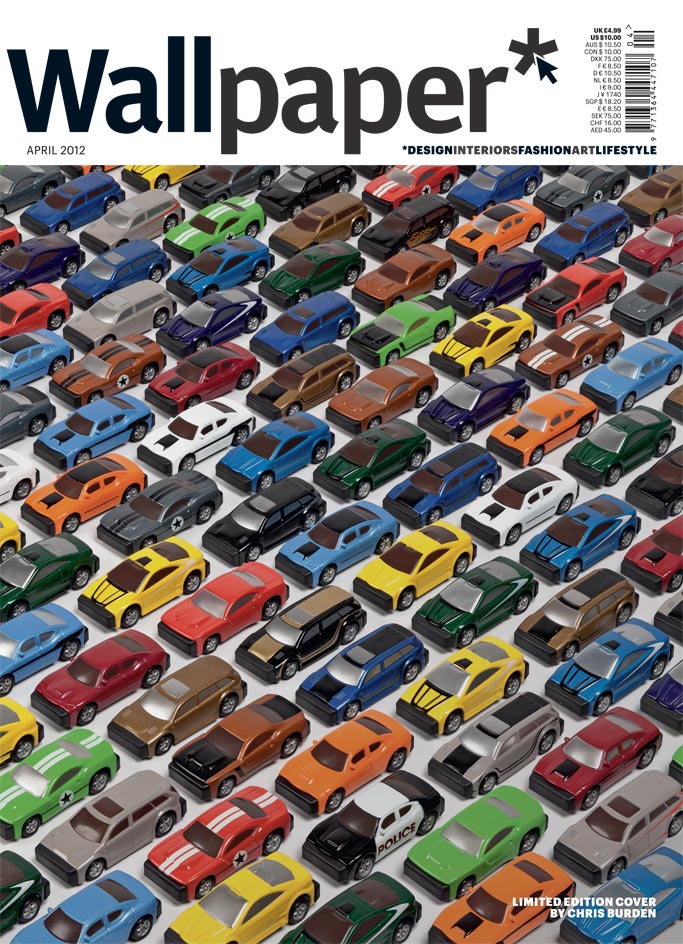
For the W* 156 limited edition cover by Chris Burden, available only to subscribers, the artist played car salesman, lining up his customised toy cars in an eternal bumper-to-bumper jam for a dealership portrait
Receive our daily digest of inspiration, escapism and design stories from around the world direct to your inbox.
Mimi Zeiger is a Los Angeles-based critic, editor, and curator, holding a Master of Architecture degree from SCI-Arc and a Bachelor of Architecture degree from Cornell University. She was co-curator of the U.S. Pavilion for the 2018 Venice Architecture Biennale, and she has written for the New York Times, the Los Angeles Times, Architectural Review, Metropolis, and Architect. Mimi is the 2015 recipient of the Bradford Williams Medal for excellence in writing about landscape architecture. She has also authored New Museums, Tiny Houses, Micro Green: Tiny Houses in Nature, and Tiny Houses in the City. In 1997, Zeiger founded loud paper, an influential zine and digital publication dedicated to increasing the volume of architectural discourse. She is visiting faculty at the Southern California Institute of Architecture (SCI-Arc) and teaches in the Media Design Practices MFA program at Art Center College of Design. She was co-president of the Los Angeles Forum for Architecture and Urban Design and taught at the School of Visual Art, Art Center, Parsons New School of Design, and the California College of the Arts (CCA).
-
 The Bombardier Global 8000 flies faster and higher to make the most of your time in the air
The Bombardier Global 8000 flies faster and higher to make the most of your time in the airA wellness machine with wings: Bombardier’s new Global 8000 isn’t quite a spa in the sky, but the Canadian manufacturer reckons its flagship business jet will give your health a boost
-
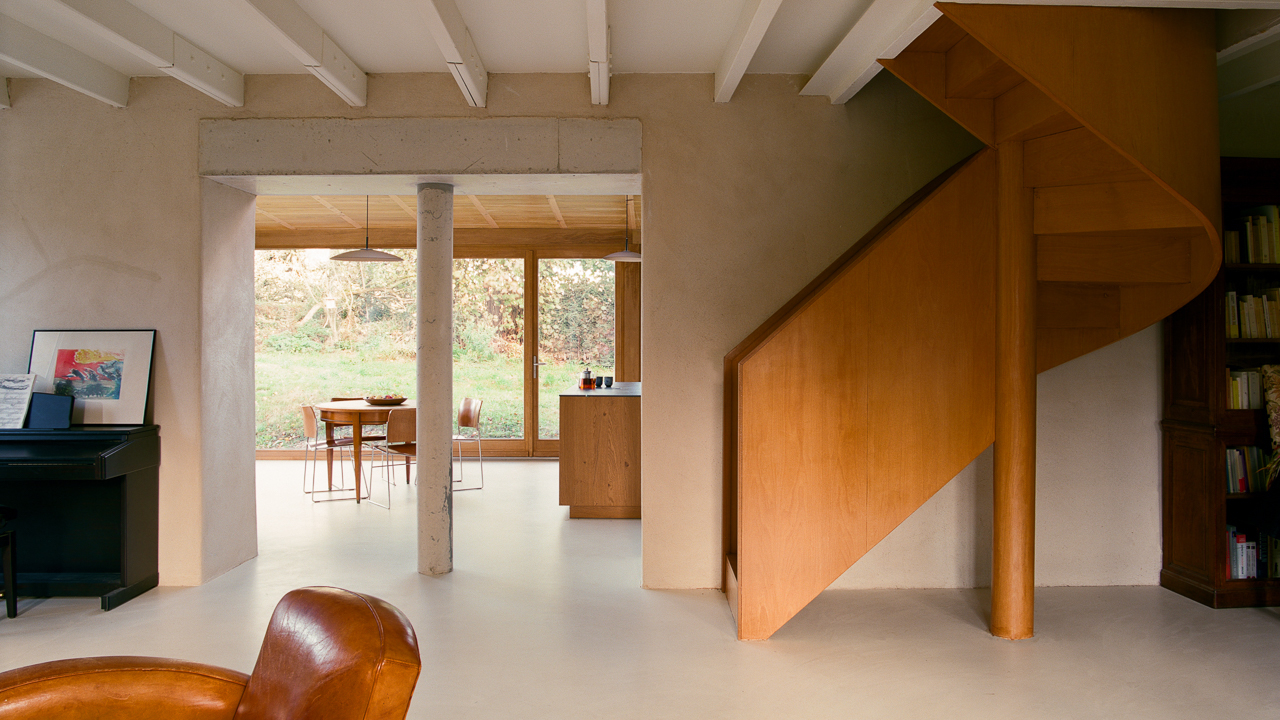 A former fisherman’s cottage in Brittany is transformed by a new timber extension
A former fisherman’s cottage in Brittany is transformed by a new timber extensionParis-based architects A-platz have woven new elements into the stone fabric of this traditional Breton cottage
-
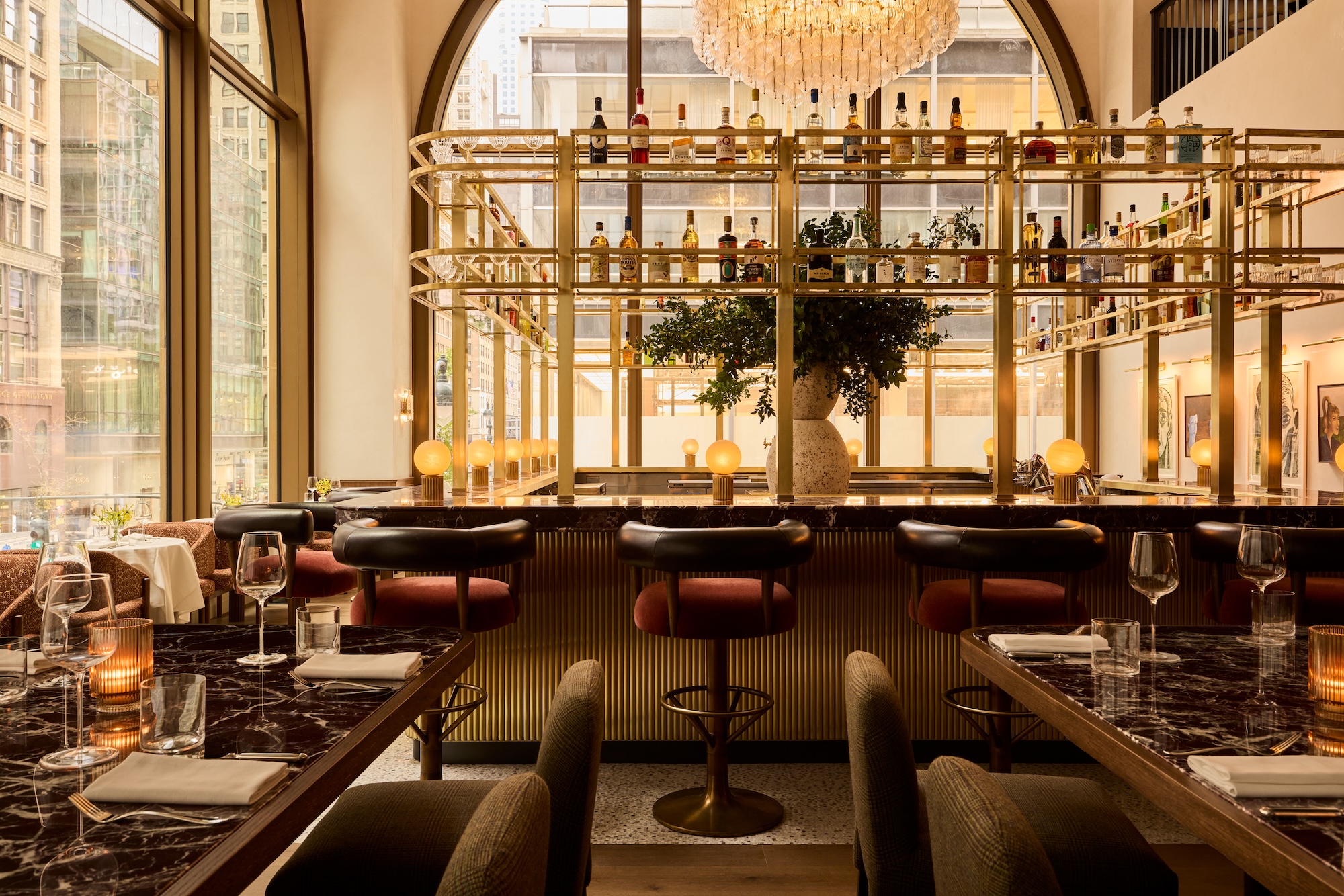 New York's members-only boom shows no sign of stopping – and it's about to get even more niche
New York's members-only boom shows no sign of stopping – and it's about to get even more nicheFrom bathing clubs to listening bars, gatekeeping is back in a big way. Here's what's driving the wave of exclusivity
-
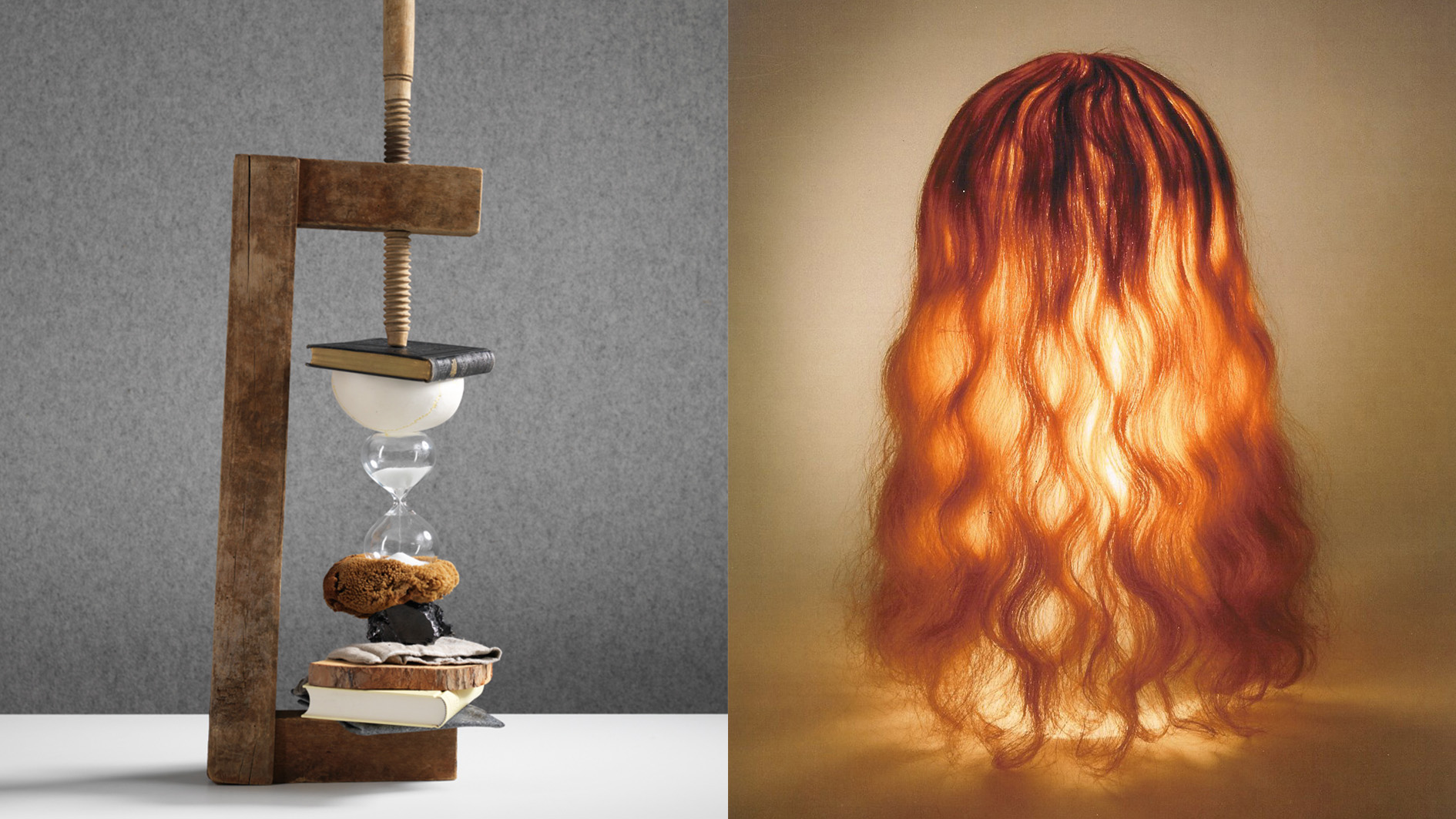 Rolf Sachs’ largest exhibition to date, ‘Be-rühren’, is a playful study of touch
Rolf Sachs’ largest exhibition to date, ‘Be-rühren’, is a playful study of touchA collection of over 150 of Rolf Sachs’ works speaks to his preoccupation with transforming everyday objects to create art that is sensory – both emotionally and physically
-
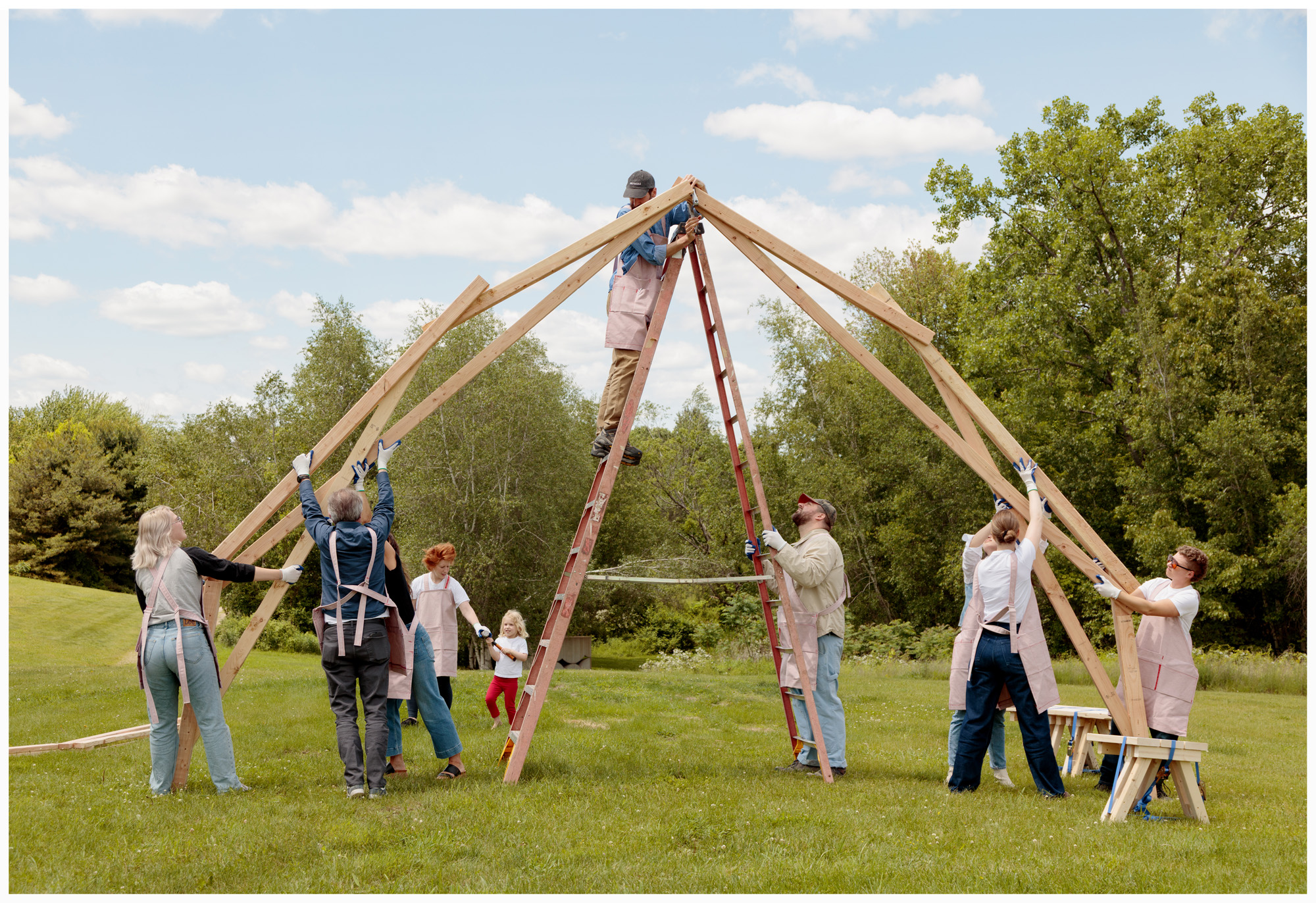 Architect Erin Besler is reframing the American tradition of barn raising
Architect Erin Besler is reframing the American tradition of barn raisingAt Art Omi sculpture and architecture park, NY, Besler turns barn raising into an inclusive project that challenges conventional notions of architecture
-
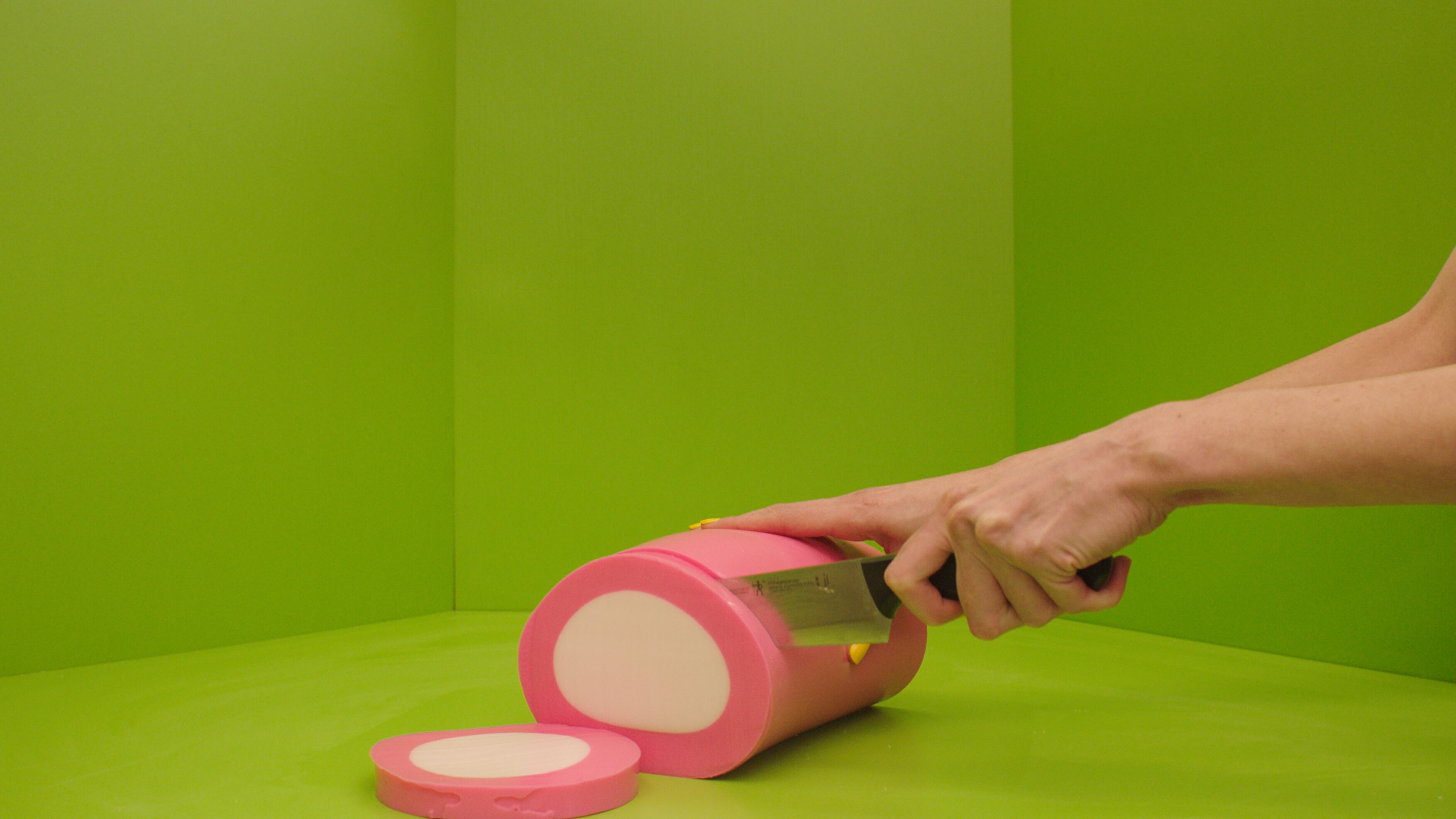 What is recycling good for, asks Mika Rottenberg at Hauser & Wirth Menorca
What is recycling good for, asks Mika Rottenberg at Hauser & Wirth MenorcaUS-based artist Mika Rottenberg rethinks the possibilities of rubbish in a colourful exhibition, spanning films, drawings and eerily anthropomorphic lamps
-
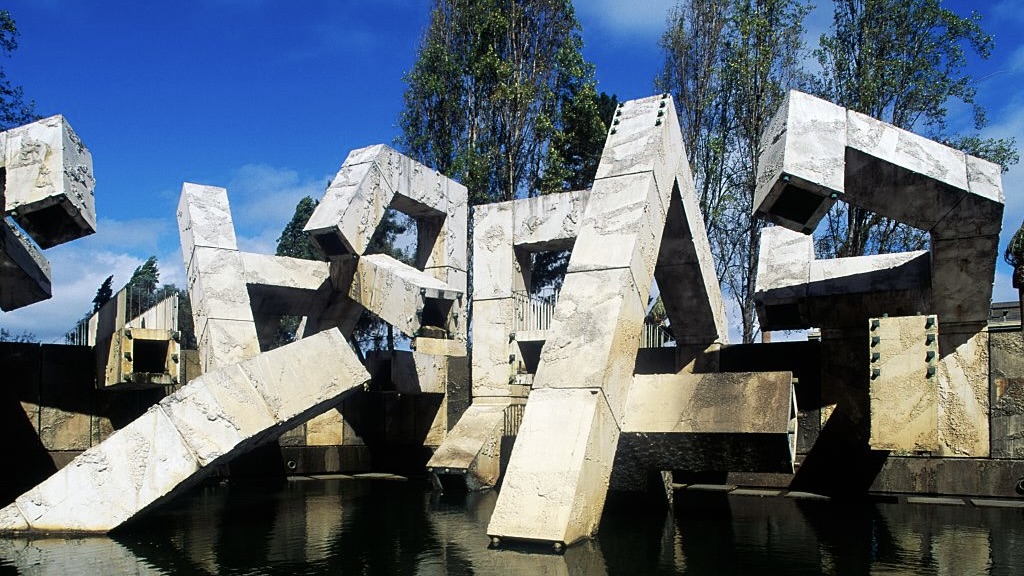 San Francisco’s controversial monument, the Vaillancourt Fountain, could be facing demolition
San Francisco’s controversial monument, the Vaillancourt Fountain, could be facing demolitionThe brutalist fountain is conspicuously absent from renders showing a redeveloped Embarcadero Plaza and people are unhappy about it, including the structure’s 95-year-old designer
-
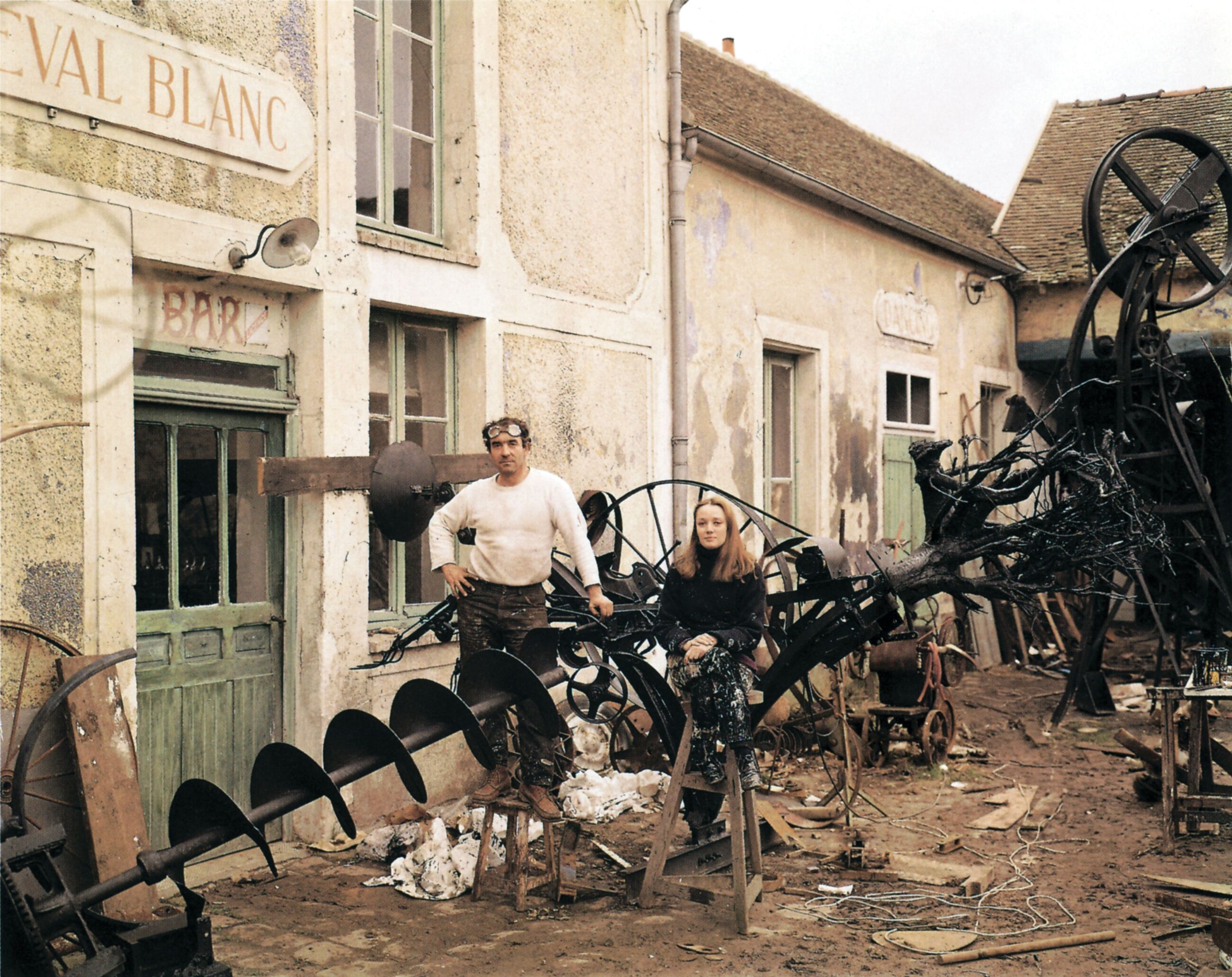 See the fruits of Niki de Saint Phalle and Jean Tinguely's creative and romantic union at Hauser & Wirth Somerset
See the fruits of Niki de Saint Phalle and Jean Tinguely's creative and romantic union at Hauser & Wirth SomersetAn intimate exhibition at Hauser & Wirth Somerset explores three decades of a creative partnership
-
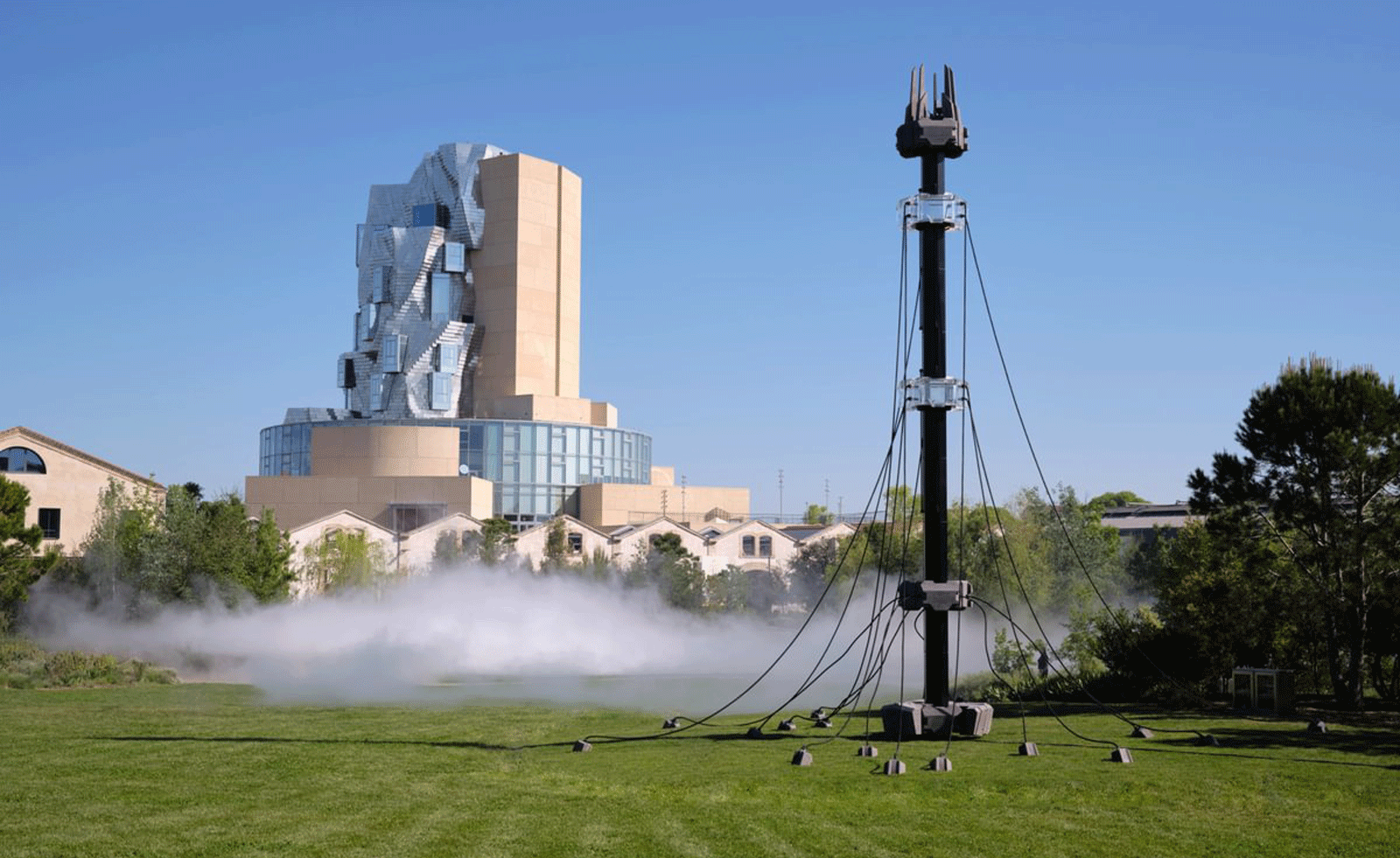 Technology, art and sculptures of fog: LUMA Arles kicks off the 2025/26 season
Technology, art and sculptures of fog: LUMA Arles kicks off the 2025/26 seasonThree different exhibitions at LUMA Arles, in France, delve into history in a celebration of all mediums; Amy Serafin went to explore
-
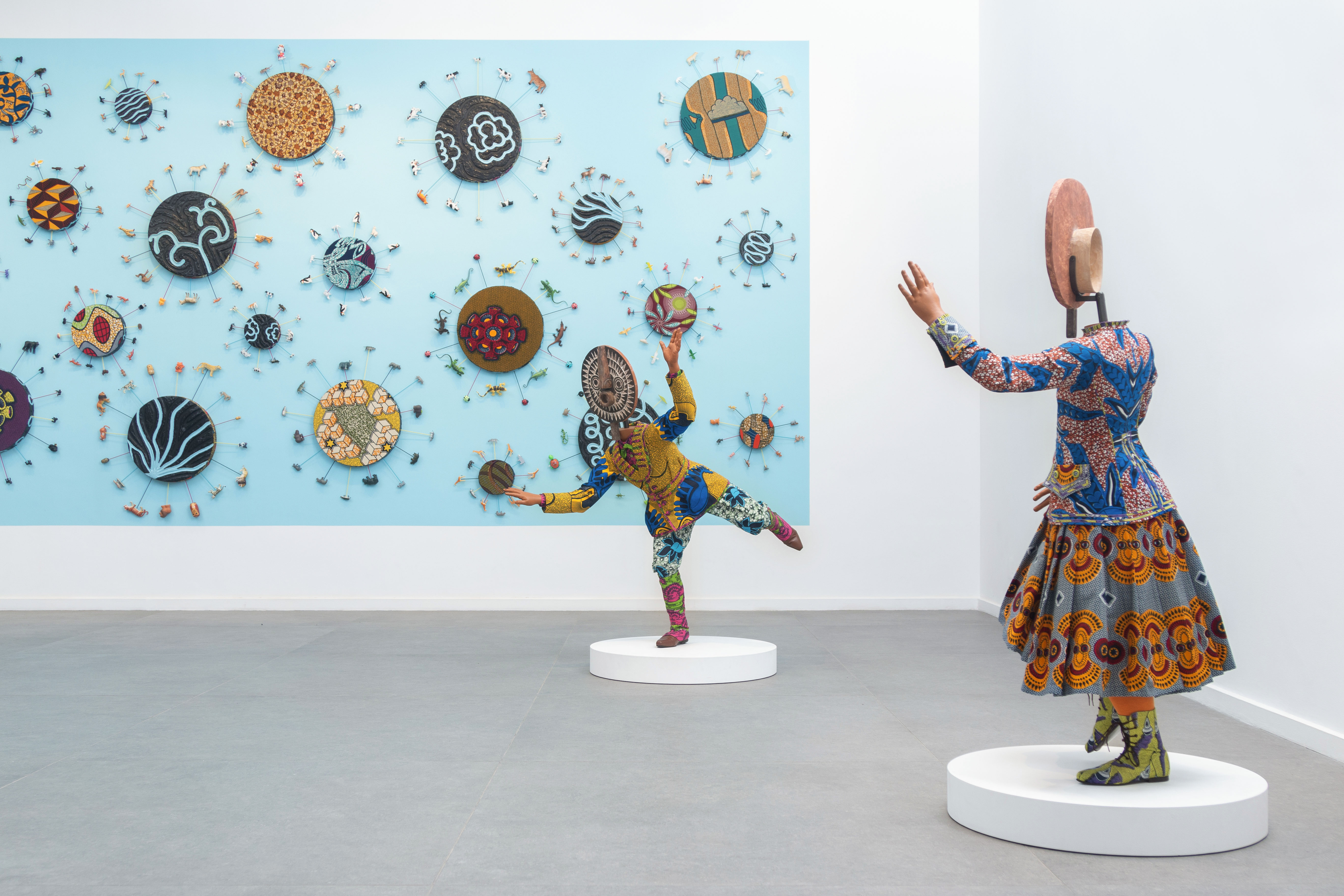 Inside Yinka Shonibare's first major show in Africa
Inside Yinka Shonibare's first major show in AfricaBritish-Nigerian artist Yinka Shonibare is showing 15 years of work, from quilts to sculptures, at Fondation H in Madagascar
-
 Remembering David Lynch (1946-2025), filmmaking master and creative dark horse
Remembering David Lynch (1946-2025), filmmaking master and creative dark horseDavid Lynch has died aged 78. Craig McLean pays tribute, recalling the cult filmmaker, his works, musings and myriad interests, from music-making to coffee entrepreneurship